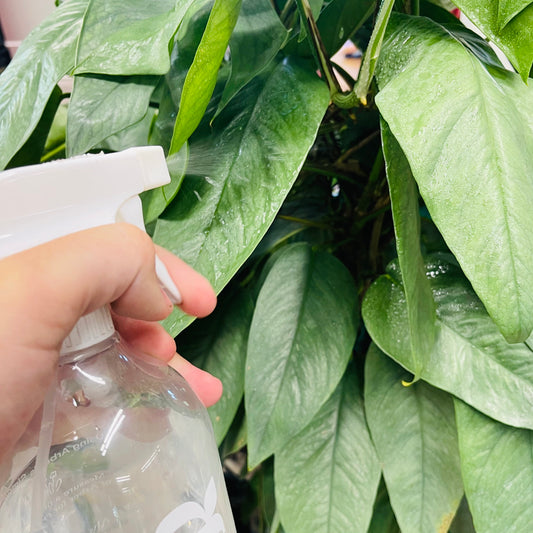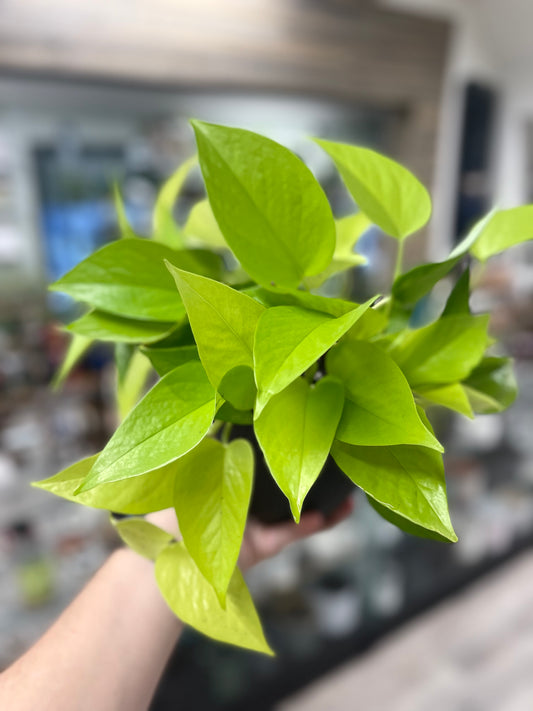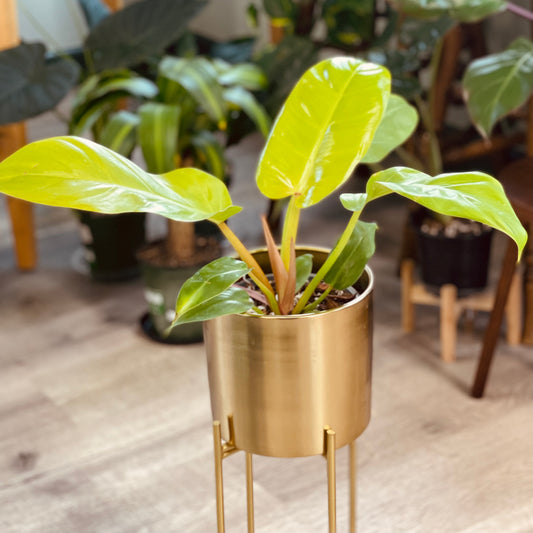Michigan is home to a wide variety of native flowers that are well-suited to the state's climate and growing conditions. Some popular native flowers include:
-
Black-eyed Susan (Rudbeckia hirta): This bright and cheerful annual or biennial flower is native to much of the United States, including Michigan. It produces tall stalks of golden yellow flowers with distinctive black centers, and is a popular choice for sunny gardens and natural areas.
-
Wild geranium (Geranium maculatum): This native perennial is known for its delicate pink or violet flowers and deeply lobed leaves. It prefers partial shade and well-draining soil, and is often found in wooded areas and along streambanks.
-
Wild columbine (Aquilegia canadensis): This native perennial is a favorite of hummingbirds and butterflies, with its distinctive red and yellow flowers and delicate, fern-like foliage. It thrives in partial shade and moist, well-drained soil.
-
Oxeye sunflower (Heliopsis helianthoides): This native annual or perennial is known for its bright yellow flowers and sturdy, upright growth habit. It prefers full sun and well-drained soil, and is often used as a border plant or in naturalized areas.
-
Mayapple (Podophyllum peltatum): This native perennial is known for its unique umbrella-shaped leaves and delicate white flowers. It thrives in partial shade and moist, well-drained soil, and is often found in wooded areas and along streambanks.
When determining the best time to start sowing Michigan native flowers, there are a few key factors to consider, including climate, soil preparation, frost dates, and whether you're starting from seed or transplanting established plants. By considering these factors and following proper planting and care guidelines, you'll be well on your way to a beautiful and successful native flower garden in Michigan.
-
Climate: Michigan's climate can vary widely depending on the region, with colder temperatures and shorter growing seasons in the Upper Peninsula and warmer temperatures and longer growing seasons in the southern part of the state. It's important to choose native flowers that are well-suited to your specific climate zone.
-
Soil preparation: Before sowing native flowers, it's important to prepare the soil by amending it with compost or other organic matter to improve drainage and fertility. This can be done in early spring, when the soil is still cool and moist.
-
Frost dates: Frost dates can also affect when you should start sowing native flowers. In Michigan, the last frost date in the spring can range from late April to early May, depending on the region. You'll want to wait until after the last frost date to start sowing tender annuals and perennials.
-
Seed starting: If you're starting your native flowers from seed, it's generally best to start them indoors several weeks before the last frost date. This will give them time to germinate and grow strong enough to transplant into the garden.
-
Transplanting: Once your native flowers have grown to a suitable size, you can transplant them into the garden. This is typically done after the last frost date, when the soil has warmed up enough for the plants to thrive.
Overall, the best time to start sowing Michigan native flowers will depend on a variety of factors, including your location, soil preparation, frost dates, and whether you're starting from seed or transplanting established plants. By considering these factors and following proper planting and care guidelines, you'll be well on your way to a beautiful and successful native flower garden in Michigan.





![Dracaena marginata (16" Plastic Pot) [ID #47618480]](http://zenrockford.com/cdn/shop/files/image_992491d2-6277-4893-842f-11e2983f137e.jpg?v=1725732294&width=533)
![Philodendron Florida Bronze (10" Nursery Pot) [ID #29432345]](http://zenrockford.com/cdn/shop/files/image_a67d0fb6-348e-4829-a7eb-64ce015a3b39.jpg?v=1725643115&width=533)
![Aglaonema Manilla's Pride (3" Plastic Pot) [ID #33051624]](http://zenrockford.com/cdn/shop/files/image_1fb45f38-7b6b-412c-aa29-ed2df326d106.jpg?v=1753291075&width=533)
![Scindapsus Silver Lady (8" Clay Pot w/ Moss Pole) [ID #47128926]](http://zenrockford.com/cdn/shop/files/image_f5c79dcd-5dd4-4ba3-9cf7-f49da779e5ea.jpg?v=1726510803&width=533)